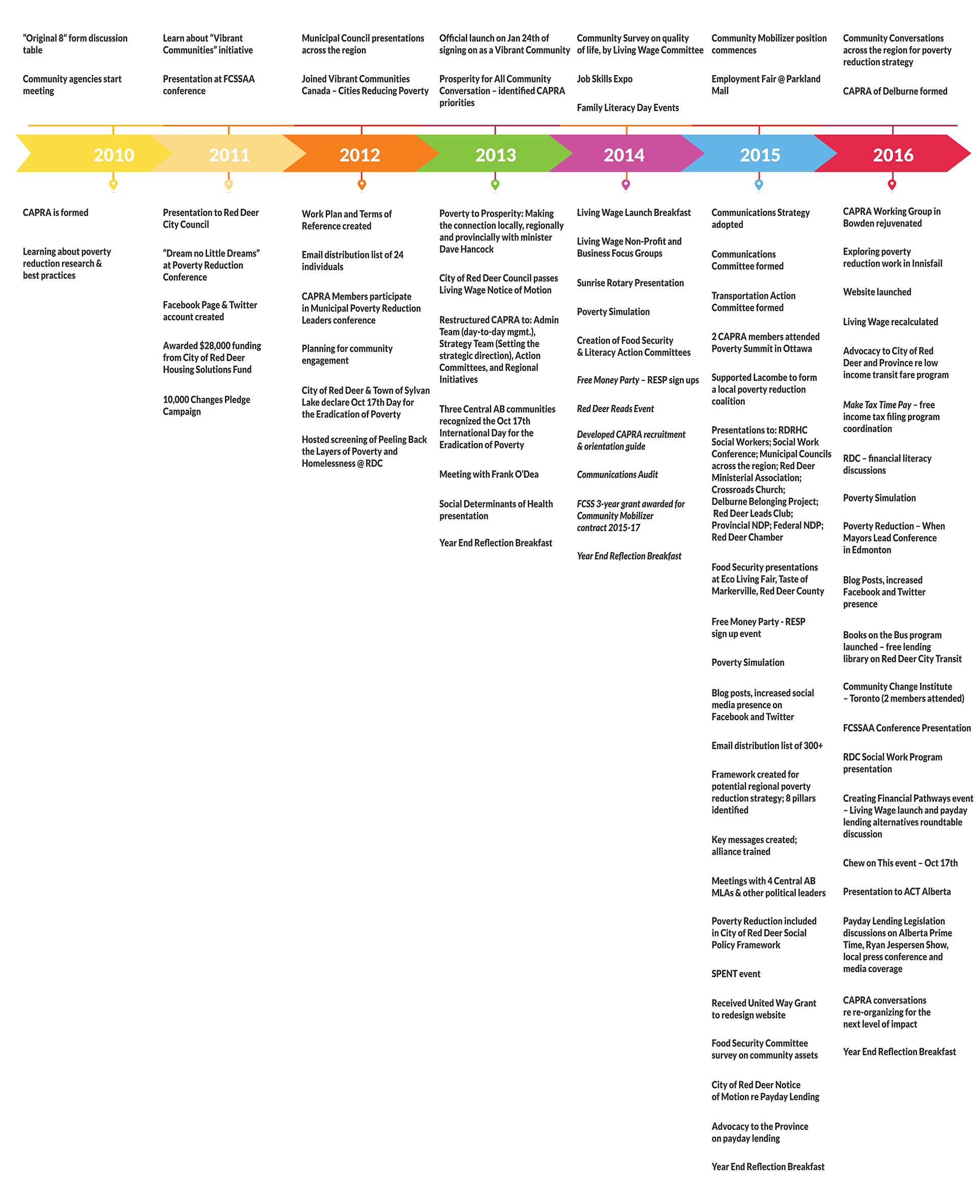Everyone would agree that education is a major contributor to poverty reduction. To that end, the Government of Canada and the Government of Alberta were both participating in a real, meaningful way toward supporting poverty reduction through education, by means of contribution to Registered Education Savings Plans, or RESPs. The federal plan, called the Canada Learning Bond, includes a $500 contribution that does not require the parent to make a matching contribution, as well as an additional $100 per year until a child reaches the age of 15. Until a few weeks ago, the Alberta Government had a similar program, the Alberta Centennial Education Savings Plan (ACES), also contributing $500 to RESPs. This meant that, between the two levels of government, families of any and all income levels could kick start their child’s post-secondary education savings to the tune of $1000, growing to $1500.
As part of the Province’s 2015/16 budget, which contains a number of cuts, the ACES program will be shut down on July 31st, 2015. The Minister of Innovation and Advanced Education says that, despite nearly 400,000 grants having been paid out since its inception, low subscription to the program led the government to “target the money in better ways”.
Current provincial economic and fiscal woes aside, the ACES program showed a real commitment on the part of the government, not only to post-secondary education, but to reducing poverty. The Central Alberta Poverty Reduction Alliance (CAPRA), along with Momentum, a Community Economic Development organization in Calgary, have been engaged in creating community awareness of the programs, with great success.
Low income families and those experiencing poverty are particularly benefited by such programs.
The opportunity to attend college or university. The Canadian Council on Social Development, in their 2008 report Growing up in North America, says that “the child poverty rate was twice as high for the children of parents with less than a secondary education, as opposed to those of parents who had completed secondary/vocational or some post-secondary education, and five times higher as for families where a parent completed a university or college education.”[1]
Managing poverty is expensive.
In Alberta it costs tax payers between $7 and $9.5 Billion every year. Reducing poverty, while requiring a different lens than poverty alleviation as well as a long term commitment, actually reduces costs and saves money. Those who are supported with tools and resources to break the cycle of poverty become contributors to Alberta’s economy. When we neglect the investment in poverty reduction, we end up paying more, due to increased costs to the health and justice systems, expensive programs designed to help us solve our chronic labour shortages, and the many lost opportunities.
Thankfully, the federal program continues. However, Alberta, by cancelling the ACES program, is missing out on a real opportunity to contribute in a meaningful way to support Albertans to overcome poverty through education. The closure of the ACES program is both short-sighted and costly. If you think that poverty reduction through education should be a priority for Alberta, write your MLA.
Central Alberta Poverty Reduction Alliance, or CAPRA, is a group of people and organizations who work collaboratively to find local solutions and make a real difference on poverty. With over 45 members and hundreds of community supporters, CAPRA advocates for social change that will improve opportunities for people experiencing poverty.
[1] B.C. Teachers’ Federation, Adult Education Programs: An Essential Element of a Poverty Reduction Strategy, March 2013






